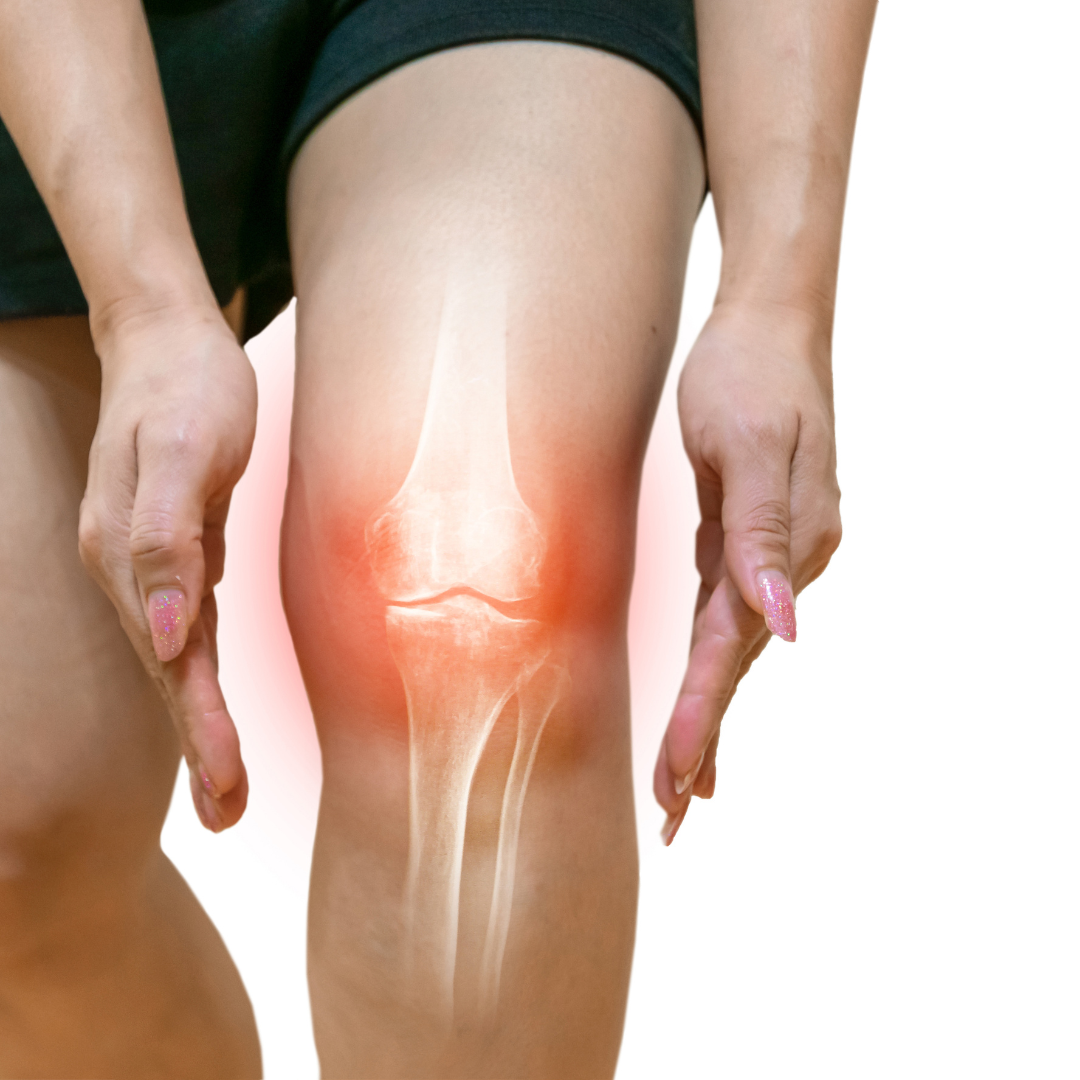Joint pain is one of the most common health complaints worldwide. Whether it’s aching knees after a long day, a sore wrist from typing, or an inflamed elbow from sports, millions of people experience discomfort that affects their daily lives. While medications can help, many people prefer drug-free, natural methods to manage pain. One of the most effective—and often overlooked—methods is compression therapy. In this article, we’ll explore how compression works, why it’s so effective for joint pain, and how you can use it safely for your knees, elbows, and wrists.
What Is Compression Therapy?
Compression therapy uses pressure applied through wraps, sleeves, or specially designed caps to support joints and soft tissue. The gentle pressure helps stabilize the area, improve circulation, and reduce inflammation. Unlike rigid braces, compression products allow flexibility while still providing relief.
The Science Behind Compression
Compression therapy works in several ways. It reduces swelling and inflammation by preventing excess fluid buildup in the affected joint. It supports healthy blood flow, which delivers oxygen and nutrients to tissues and speeds recovery. Compression also provides gentle stability, helping joints feel more secure during movement. In addition, the sensation of pressure can interrupt pain signals to the brain, which makes discomfort feel less intense.
How Compression Helps Different Joints
Knee pain is common in runners, people with arthritis, or those recovering from injury. Compression around the knee can reduce swelling from overuse, support the joint during activity, and help speed recovery after workouts. Elbow pain, whether caused by “tennis elbow” or repetitive movements, can be eased with compression by reducing tendon irritation, minimizing stiffness, and offering support both during rest and activity. For wrists, which often ache due to typing, gaming, or strain injuries, compression can relieve tension, decrease swelling after overuse, and provide comfortable support without limiting mobility.
Combining Compression with Hot/Cold Therapy
For even better results, compression is often combined with hot or cold therapy. Cold reduces inflammation, while heat relaxes stiff muscles. Modern compression wraps, such as CalmCore’s gel-based joint wraps, can be heated or cooled to provide both benefits in one product, making them versatile for pain management.
When to Use Compression
Compression can be used during flare-ups when swelling or pain is present, after physical activity to reduce soreness and stiffness, or even daily for chronic conditions like arthritis to improve comfort and mobility.
Safety Tips
Compression should always feel snug, not restrictive. It’s best to use it for short, recommended periods, usually 20–30 minutes if combined with hot or cold therapy. Those with circulatory issues, diabetes, or persistent unexplained pain should consult a healthcare professional before regular use.
Final Thoughts
Compression therapy is a simple, drug-free, and effective way to reduce joint pain in the knees, elbows, and wrists. By improving circulation, reducing swelling, and providing stability, it helps people stay active and comfortable in daily life. If you’re looking for a practical solution, CalmCore’s gel compression wraps are designed to deliver both compression and hot/cold therapy in one easy-to-use product.
👉 Ready to experience relief? Explore our collection of compression products today.




Leave a comment
All comments are moderated before being published.
This site is protected by hCaptcha and the hCaptcha Privacy Policy and Terms of Service apply.